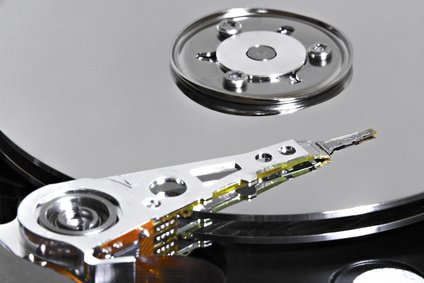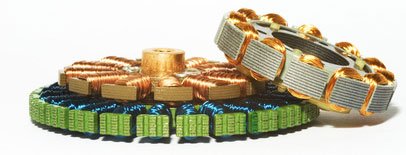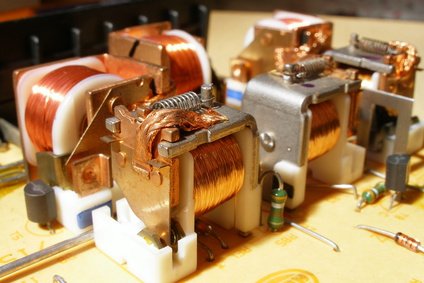As we have already learned. Magnets are used in a wide variety of ways in our private lives as well as in science, industry and trade. The first thing that comes to mind are the uses and applications already mentioned, such as in loudspeakers, in headphones, in watches, on the refrigerator and so on.
But the application of Magnets goes much much further. You will be surprised when you learn in the following sections what for Magnets can be used everywhere and what effects they achieve. So let's get started
Magnets as data storage
Even in the early days of computer technology, storage media for data were used that worked with the aid of magnetic technology. And even before that, magnets were used to store data - just think of the good old music cassette, which also used a magnetic tape as a storage medium.
Later, the so-called floppy disks came on the market. Basically, these do not work any differently than a cassette, except that a magnetic disk is used as the memory instead of a magnetic tape. Almost at the same time, various companies in the IT sector developed the first generation of hard disks - also a memory based on magnetic technology, which rotates and is scanned by a read and write head.
In the years that followed, memory technology was developed further and further. In the course of this, electromagnetism also entered the development of storage technology, and from then on magneto-electronic memories were up to date. They are the basis for digital storage media, as we know them today, for example, as USB sticks or flash memory.

Magnetic data carriers
Normally, you might think that magnetic data carriers don't get a problem when other, stronger magnets come near them. But this is not the case. In general, if a magnetic recording medium such as a hard disk, a USB stick or even the magnetic strip of a credit card comes into contact with a strong magnet, the data on this medium may be completely lost. In this case, the acting Magnetic field for simply overwriting the data present on the carrier. A frightening example of this theory was provided by Deutsche Bahn AG, of all companies. Here, it was the magnetic holders of the folding tables in Interregio trains that were embedded in the supporting surface of the tables and thus came into direct contact with smartphones, tablets, etc. placed on them. The result: Thousands of data on the devices of rail passengers were completely deleted or overwritten, so that even a subsequent rescue was hardly possible. The railroad then changed the mechanism of the tables.

Deflecting Magnets
Magnets can be used not only to attract things, but also to deflect them. For example, in many technical devices such deflecting magnets are used to deflect a beam of charged particles in another direction. The force, which is generated by the Magnet is also called Lorentz force in science. This is a forced change of direction of a moving electric charge in a magnetic field.
Where are deflection magnets used?
If you think that deflecting magnets are only used in the military sector, you are very much mistaken. These special magnets are used, for example, in cathode ray tubes (oscilloscopes, tube monitors), electron microscopes (magnetic lenses in TEM, SEM) and electron beam welding systems.

Relay (electromagnetism)
In electrical engineering, magnets - to be more precise - are used in countless different places: Electromagnets - for use. Relays are a good example of this. These are electromagnetic switches that are installed in a circuit, for example. The whole thing works very simply: A weak current is applied to the switch, thereby building up a (small) magnetic field which closes the switch. When the current is switched off again, the magnetic field also dissipates and the switch opens again. It is as simple as that!
For the whole thing to work, the relay consists of an iron core, a coil around it and a movable armature. In addition, there are so-called contact springs that house the electrical contacts. With these prerequisites, the relay can be opened and closed by switching current on and off.

Conclusion: The world of magnets is enormously diverse!
Computers, medicine, electrical engineering ... these were just three of countless uses for which magnets can be used today. If you think a little further, you will certainly come up with many more possible applications. The fascinating thing is that the Magnetism was discovered many thousands of years ago. It is a natural force that has changed absolutely nothing to this day. So it only depends on how we humans make use of this power.
